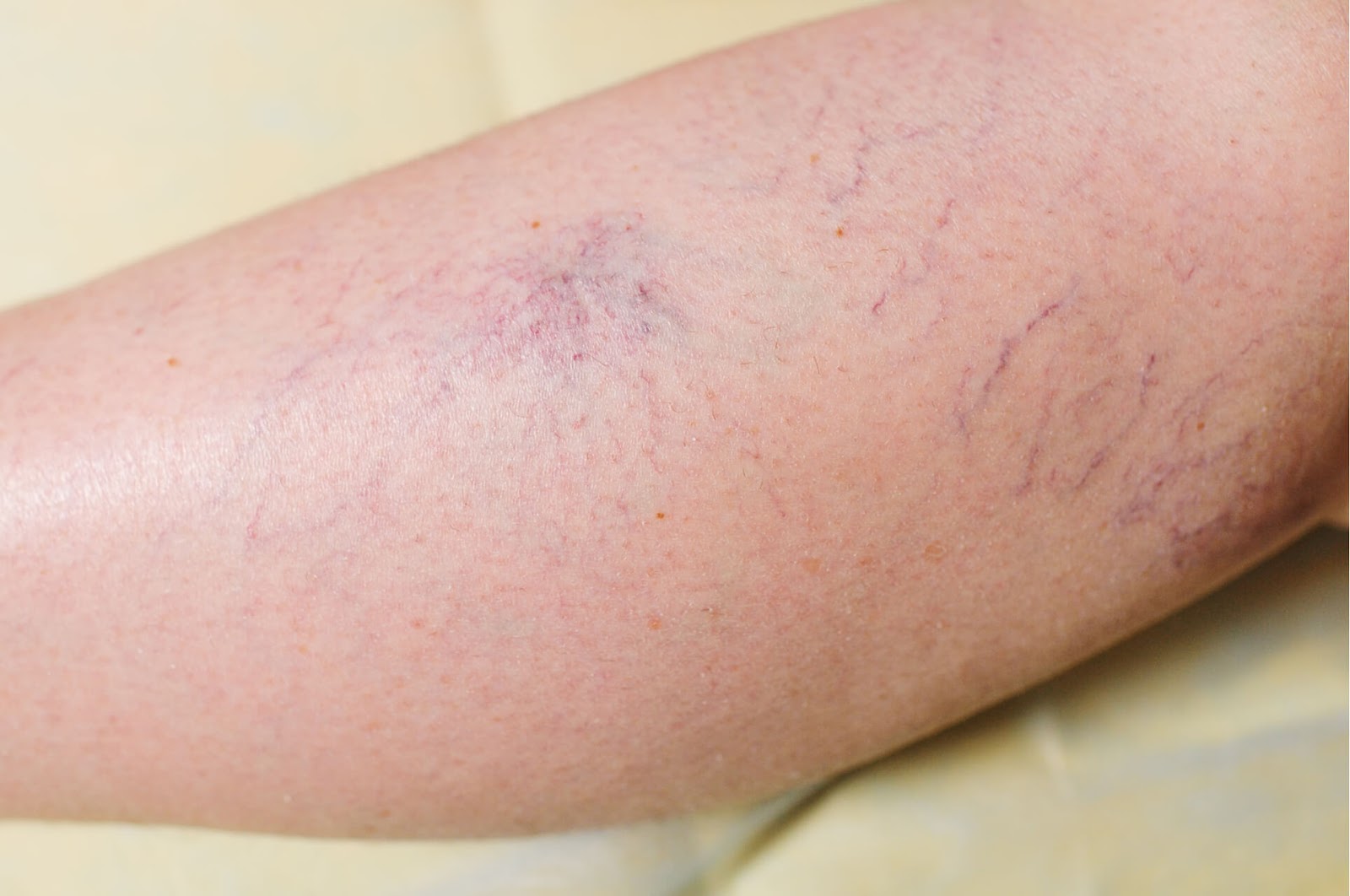Types of Vascular Disorders encompass an intricate interconnection of blood vessels, the heart, and other vital elements ensuring the efficient conveyance of oxygen, nutrients, and hormones throughout the body. Maintaining a robust circulatory system is paramount for one’s overall health, yet several obstacles can emerge, impacting vascular health. Within this article, we will explore prevalent issues affecting vascular health, elucidating their origins, symptoms, and potential treatments.
1. Atherosclerosis: The Silent Threat
Atherosclerosis is a prevalent vascular health issue characterized by the accumulation of fatty deposits (plaques) in the arteries. Over time, these plaques can narrow the arteries, impeding blood flow and increasing the risk of heart attacks and strokes.
Causes:
- High cholesterol levels
- High blood pressure
- Smoking
- Diabetes
- Unhealthy diet and lifestyle
Symptoms:
- Chest pain or angina
- Shortness of breath
- Fatigue
- Leg pain during physical activity
Treatment:
- Lifestyle changes (diet, exercise, smoking cessation)
- Medications (statins, antiplatelet drugs)
- Angioplasty or stent placement
- Bypass surgery
2. Peripheral Artery Disease (PAD): Limiting Mobility
Peripheral Artery Disease involves the narrowing of peripheral arteries, typically in the legs, reducing blood flow to the limbs and causing pain and mobility issues.
Causes:
- Atherosclerosis
- Smoking
- Diabetes
- High blood pressure
- High cholesterol
Symptoms:
- Leg pain or cramping during physical activity
- Slow-healing sores on the legs
- Coldness or discoloration of the legs
- Weak or absent pulse in the legs
Treatment:
- Lifestyle changes (exercise, healthy diet, smoking cessation)
- Medications (aspirin, cholesterol-lowering drugs)
- Angioplasty or stent placement
- Bypass surgery
3. Deep Vein Thrombosis (DVT): A Hidden Risk
Deep vein thrombosis involves the formation of blood clots in deep veins, typically in the legs. If a clot breaks free and travels to the lungs, it can lead to a life-threatening condition called pulmonary embolism.
Causes:
- Prolonged immobility (long flights, bed rest)
- Surgery
- Hormonal birth control
- Genetic predisposition
- Obesity
Symptoms:
- Swelling and pain in the affected limb
- Warmth and redness over the vein
- Leg fatigue or heaviness
- Shortness of breath (if a clot travels to the lungs)
Treatment:
- Anticoagulant medications (blood thinners)
- Compression stockings
- Thrombolytic therapy (clot-dissolving drugs)
- Inferior vena cava (IVC) filter insertion
4. Hypertension: The Silent Killer
Hypertension, or high blood pressure, is a common vascular health issue where the force of blood against the artery walls is consistently too high, putting stress on the heart and arteries.
Causes:
- Unhealthy diet (high in salt, low in potassium)
- Lack of physical activity
- Obesity
- Excessive alcohol consumption
- Chronic stress
Symptoms:
- Often asymptomatic
- Severe headaches
- Fatigue or confusion
- Vision problems
Treatment:
- Lifestyle modifications (healthy diet, regular exercise, stress management)
- Medications (antihypertensives)
- Monitoring and managing blood pressure regularly
In conclusion, understanding the various vascular health issues is crucial for early detection and appropriate management. Adopting a healthy lifestyle, regular medical check-ups, and prompt treatment can significantly reduce the risk and impact of these circulatory system challenges on one’s overall health and quality of life.

